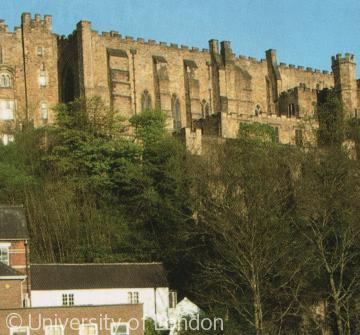Medieval Lordship and Authority

The modern city of Sunderland, which now lies in the metropolitan county of Tyne and Wear, was part of County Durham before the re-organization of the county boundaries in 1974. The county, comprising the lands between the rivers Tyne and Tees, had formed the core of the County Palatine of Durham which, until the nineteenth century, was under the control of the bishop of Durham. In terms of jurisdiction,the palatinate extended beyond Durham to include parts of Northumberland, known collectively as North Durham. Throughout these lands, during the medieval period, the bishop enjoyed regalian authority, his powers almost equalling those of the monarch in other parts of the kingdom. Thus, in addition to his ecclesiastical authority, as head of the diocese of Durham, the medieval bishop of Durham was lord of a great and highly privileged estate. His landed wealth extended still further for he held other considerable estates in Yorkshire - in Allertonshire, Howdenshire and the manor of Crayke although it was only in the latter that his authority was regalian, as in the palatinate.
Content generated during research for two paperback books 'Sunderland and its Origins: Monks to Mariners' (ISBN 13 : 9781860774799) and 'Sunderland: Building a City' (ISBN 13 : 978-1-86077-547-5 ) for the England's Past for Everyone series



